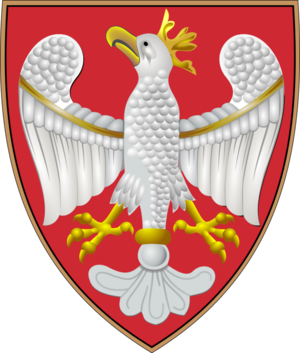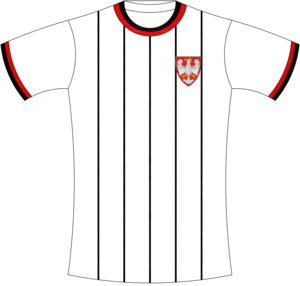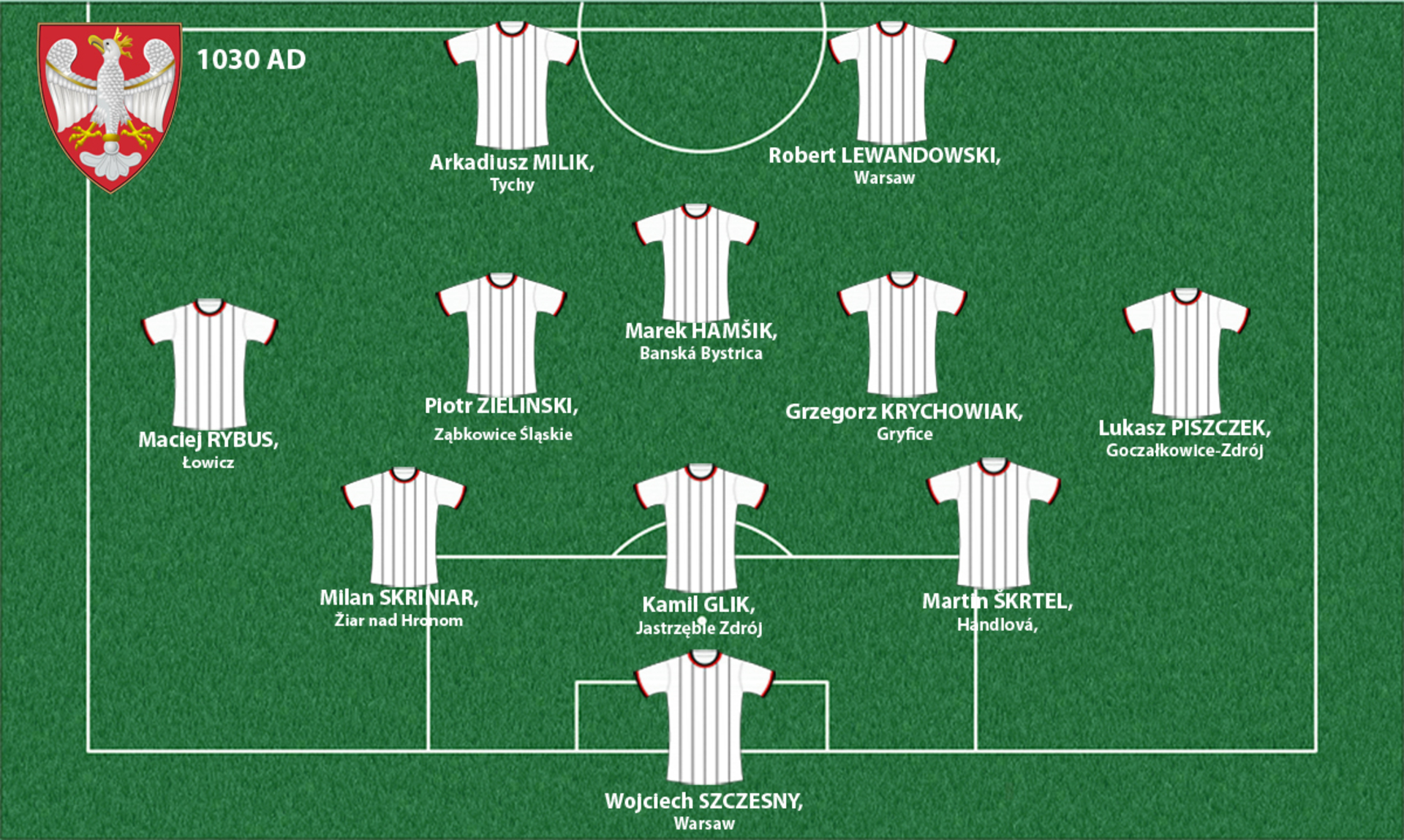The Kingdom of Poland
The name “Polans” originated from the group of western Slavs known as “the people of field (Pole on slavic)”. The conversion of Duke Mieszko I (who reigned from 963 to 992), from the Piast dynasty, to Christianity paved the way of unifying tribes into the kingdom of Poland which will become the most powerful state in the East Europe in the first half of 11th century.

Coat of arms

Shirt
| Position | First name | Last name | Mjesto rođenja | Like | Dislike | |
|---|---|---|---|---|---|---|
| GK | Lukas | HRADECKY | Bratislava |
15 |
6 |
|
| GK | Lukasz | FABIANSKI | Poznan |
3 |
1 |
|
| GK | Wojciech | SZCZESNY | Warsaw |
19 |
1 |
|
| DC | Kamil | GLIK | Jastrzębie Zdrój |
11 |
0 |
|
| DC | Martin | ŠKRTEL | Handlová |
32 |
10 |
|
| DC | Milan | ŠKRINIAR | Žiar nad Hronom |
41 |
6 |
|
| DRLC | Tomas | KALAŠ | Olomouc |
5 |
1 |
|
| DRLC | Tomas | HUBOCAN | Žilina |
4 |
3 |
|
| DRL | Theodor | GEBRE SELASSIE | Třebíč |
7 |
1 |
|
| DR | Bartosz | BERESZYNSKI | Poznan |
2 |
1 |
|
| DR | Lukasz | PISZCZEK | Goczałkowice-Zdrój |
14 |
3 |
|
| DLC/ML | Filip | NOVAK | Přerov |
1 |
2 |
|
| DC/DMC | Jan | BEDNAREK | Słupca |
1 |
0 |
|
| DMC | Grzegorz | KRYCHOWIAK | Gryfice |
8 |
4 |
|
| DMC | Piotr | ZIELINSKI | Ząbkowice Śląskie |
10 |
2 |
|
| MC | Juraj | KUCKA | Bojnice |
10 |
4 |
|
| MC | Karol | LINETTY | Żnin |
4 |
0 |
|
| MC | Stanislav | LOBOTKA | Trenčín |
10 |
6 |
|
| MC | Tomas | HORAVA | Brno |
2 |
1 |
|
| AMC | Laszlo | BENEŠ | Dunajská Streda |
6 |
3 |
|
| AMC/SS | Marek | HAMŠIK | Banská Bystrica |
39 |
5 |
|
| AMC/SS | Ondrej | DUDA | Snina |
6 |
1 |
|
| AMRLC | Bartosz | KAPUSTKA | Tarnów |
4 |
2 |
|
| AMRL | Jakub | BLASZCZYKOWSKI | Truskolasy |
3 |
0 |
|
| AMRL | Kamil | GROSICKI | Szczecin |
4 |
0 |
|
| AMRL | Robert | MAK | Bratislava |
6 |
2 |
|
| AMRL | Vladimir | WEISS | Bratislava |
8 |
2 |
|
| AML/DL | Maciej | RYBUS | Łowicz |
4 |
1 |
|
| SS/FC | Lukas | PODOLSKI | Gliwice |
12 |
1 |
|
| FRLC | Arkadiusz | MILIK | Tychy |
15 |
3 |
|
| FC | Adam | NEMEC | Banská Bystrica |
6 |
3 |
|
| FC | Lukasz | TEODORCZYK | Żuromin |
3 |
2 |
|
| FC | Robert | LEWANDOWSKI | Warsaw |
21 |
1 |
(Today part of: Poland, Slovakia, eastern Czech Republic (Moravia, Silesia), parts of western Ukraine)
Given the German expansion in the second half of the 10th century, polish rulers had to choose between keeping paganism and fighting for political independence or receiving Christianity which would establish relationships with the Empire acknowledging the sovereign. During Duke Boleslaus I the Brave’s reign (992-1025), the country had the biggest territory. Also, almost all first members of the Piast dynasty were involved in constant conflicts with the Empire. The reason why kingdom of Poland, unlike the kingdom of Bohemia, did not recognize the Empire’s dominance (keeping a lot of freedom in both internal and foreign politics) is probably in the military nature of Poland. A duke of a won state was the head of a strong and well-organized group. Additionally, a territorial and demographical potential of Poland encouraged the fight for independence.
However, the Kingdom was not always united; rather, it was composed of numerous conflicted principalities ruled by the Piast dynasty. The majority of social classes did not like such divided Poland. The Church was not fond of divided Poland because it was not comparable to the bishopric division; trading was more difficult and the safety of villages was jeopardized by foreign assaults. Yet, no member of the Piast dynasty wanted to subject to another one.
Sources
- Felipe FERNANDEZ-ARMESTO, Narodi Europe, Zagreb, 1997.
- Michal TYMOWSKI, Kratka povijest Poljske,Zagreb, 1999.
- Coat of arms:
- https://en.wikipedia.org/wiki/File:Coat_of_Arms_of_the_Polish_Crown.svg
